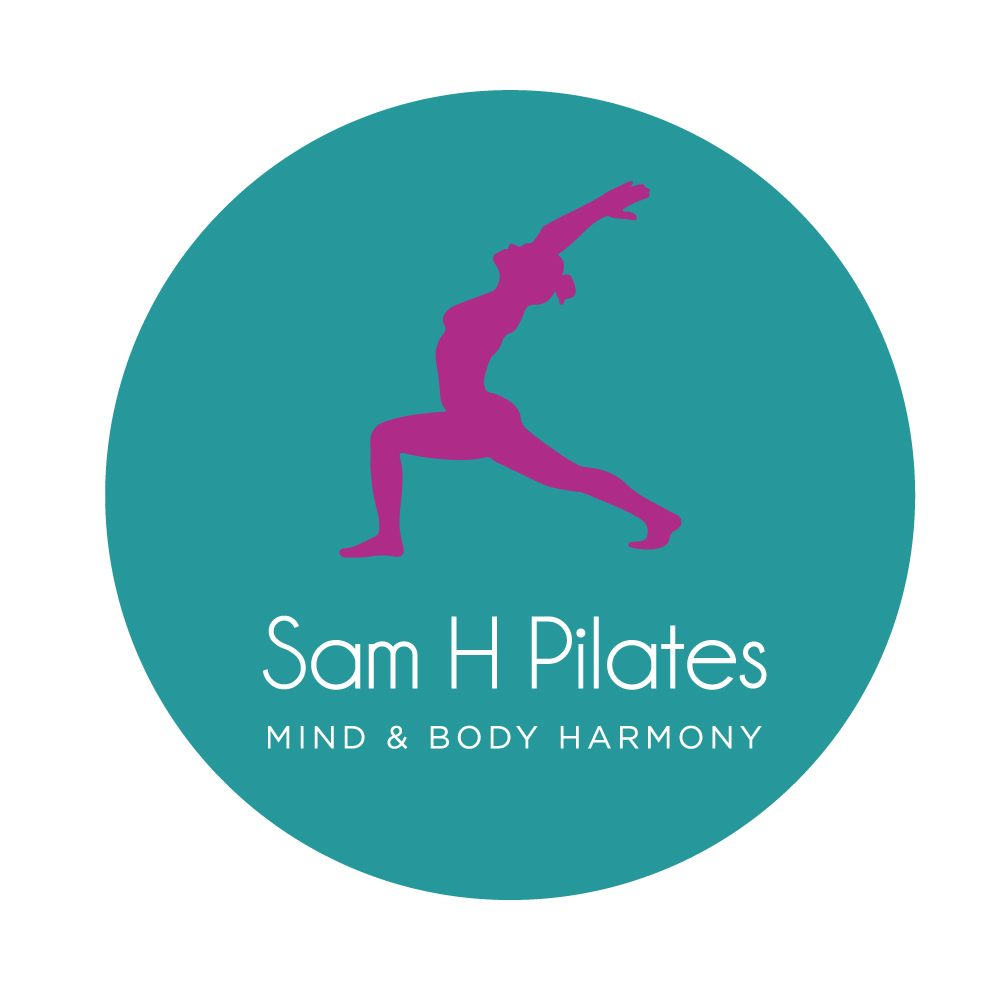Weekly Update
Strength, Protein & Menopause
Over the years of working with clients, I’ve come to realise that one-size-fits-all approaches to nutrition and exercise doesn’t work, especially for women going through menopausal changes.
It’s vital to develop an individualised and sustainable routine that truly works for your body.
I want to share a little bit about how I’ve found my balance through trial, error, and a lot of listening to my body – hoping it can inspire you to find yours too.
Strength training & protein
When you’re strength training regularly, protein becomes your best friend. Protein helps repair and grow muscle tissue after your workouts, and it plays an even bigger role as we age or go through hormonal changes like menopause.
For me, aiming for 140-160 grams of protein a day – 25-40 grams per meal/snack (yes, that 4-6 meals a day) has been a game changer for maintaining muscle, fuelling my workouts, and supporting recovery.
If you’re not sure where to start, I recommend focusing on getting high-quality protein in every meal and snack.
Think lean meats, eggs, Greek yogurt, tofu, or plant-based sources if that suits your diet.
Spreading protein intake throughout the day ensures that your body has a steady stream of amino acids for muscle repair and maintenance.
Why menopausal bodies need a different approach
Menopause brings a lot of changes, including shifts in muscle mass, fat distribution, and metabolism.
These changes can feel frustrating, but the good news is that you can adapt your training and nutrition to support your body during this time.
During menopause, muscle loss can happen more quickly, and your body might not respond to exercise and nutrition the way it used to.
That’s why protein is key – it helps preserve muscle, boosts your metabolism, and keeps you feeling fuller for longer.
For those of you who are already strength training, upping your protein intake and spreading it throughout the day can help counteract some of these changes.
Listening to your body
I’ll be honest – getting to this point didn’t happen overnight. It’s taken me time, experimentation, and a lot of trial and error to figure out what works for my body.
But that’s the beauty of it – there’s no set formula for everyone. You have to find what works best for you, and that’s where instinct comes in.
I’ve learned to tune in and really listen to my body – how it feels after a workout, how different foods affect my energy, and how I recover after training. I encourage all my clients to do the same.
Don’t be afraid to experiment. You may need to adjust your protein, tweak your workouts, or shift your meal timing to find what feels right.
Sustainable and flexible
What I’ve discovered through this process is that being too rigid doesn’t work in the long run.
Life changes, your body changes, and so should your approach.
That’s why I focus on creating a routine that’s flexible and sustainable – one that works with my lifestyle, not against it.
This means making room for rest when needed, fuelling my body with what it craves, and always keeping in mind that progress is not linear.
It’s okay to have good and bad days; what matters is that you keep adjusting and fine-tuning.
How to find your balance
If you’re ready to find your balance with nutrition and strength training, here are a few tips to get started:
Start Simple
Aim for 20-40 grams of protein per meal, spread evenly throughout the day. Focus on whole foods that you enjoy and can sustain over time.
Listen to Your Body
Pay attention to how you feel before, during, and after workouts. Adjust your training intensity or meal timing based on how your body responds.
Be Open to Change
It’s normal for your body’s needs to shift, especially as you age or experience life transitions like menopause. Stay flexible and make small tweaks as needed.
Experiment Without Judgement
Trial and error is part of the process. Don’t be hard on yourself if something doesn’t work right away – every bit of information helps you learn more about what your body needs.
Stay Consistent
While flexibility is key, consistency is just as important. Stick to your routine, but don’t be afraid to adjust as life changes.
Ultimately, the goal is to work with your body, not against it.
By adopting an instinctive and adaptable approach to training and fuelling, you’ll be able to find what works best for you, whether you’re strength training, navigating menopausal changes, or simply looking to improve your overall wellness.
Remember, I’m here to guide you along the way, and there’s always an option that will work for you – because life is about trusting the process and enjoying the journey.
Sam ‘thinking about my next meal’ Hobbs



